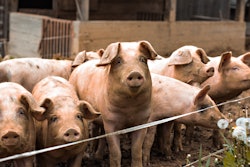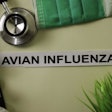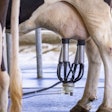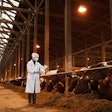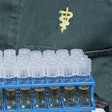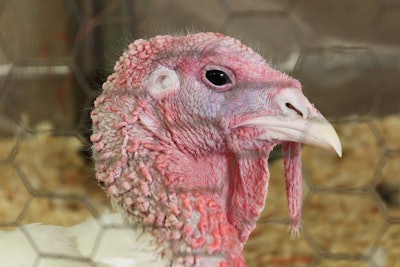
Highly pathogenic avian influenza’s (HPAI) assault on the U.S. egg industry has grabbed headlines lately, understandable with more than 50 million mature egg-laying hens depopulated between the beginning of October 2024 to the end of February 2025 and culminating with retail shell egg prices increasing to an all-time high of nearly $5.90 per dozen in February.
While HPAI has been active in broiler and turkey industry circles as well, its impact has been subdued by comparison. Turkey losses have been significant, at times, in recent years, but much less so the past two years compared to 2022. On the broiler side, HPAI-related death loss has only rarely exceeded a threshold that might be considered negligible.
Mixed results for turkey industry
Approximately 9.4 million commercial meat-type turkeys were depopulated in response to HPAI exposure in 2022, a figure that represented nearly 5% of all turkeys harvested in the U.S. that year. The unrelenting nature of the virus left turkey producers reeling, but they had a chance to catch their breath when HPAI went almost completely dormant during the first three quarters of 2023. Another surge in cases that fall represented a troubling setback, but total HPAI-related losses for the year ended up down 65% from 2022 at 3.3 million and represented less than 2% of all turkeys harvested.
Last year featured a similar hit-or-miss pattern of HPAI on the turkey industry, with total losses ticking higher to 3.5 million. That again represented less than 2% of all turkeys harvested, although outside observers may correctly note that supplies are still uncomfortably tight, igniting another fierce rally across the complex. Just 196 million young turkeys were harvested during all of 2024, representing an 8% drop from the previous year and smallest annual total since 1986.
The first inclination of some might be to blame this historic decline on HPAI, but avian metapneumovirus (aMPV), which mostly affects breeder output, has had a much bigger impact on U.S. turkey supplies than HPAI. Poult numbers dropped more than 7% overall last year, indicating that problems have primarily been concentrated upstream in the supply chain more recently.
Broiler losses remain subdued
One of the remarkable features of the 2015 HPAI outbreak was that it almost completely missed the broiler industry, with the only impact on production being one relatively small breeder flock that had to be depopulated.
This recent, unrelenting version has taken aim on broiler production units much more frequently but largely failed to put a meaningful dent in the industry’s colossal footprint. HPAI-related losses in the broiler sector reached their highest-ever level during Q4 of 2024, but the roughly 4.9 million meat-type birds depopulated still represented just 0.2% of all broilers harvested during the period.
Consumers are no doubt discouraged to find sky-high prices and, all too often, mostly bare shelves when looking for eggs at the supermarket, and now something very similar that may be unfolding in the turkey category, even though the squeeze in that space can be chalked up more to aMPV than HPAI, but they can find some solace in the fact that broiler products remain widely available for the most part and primarily at stable, affordable price levels.




